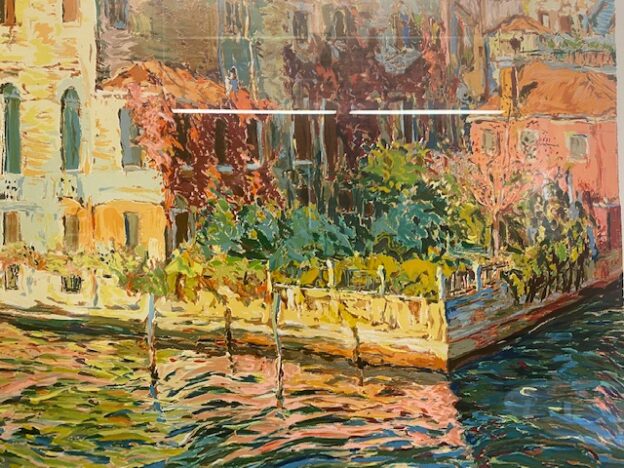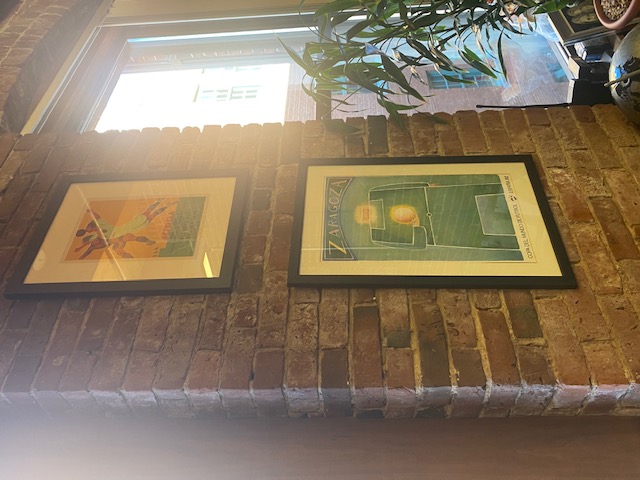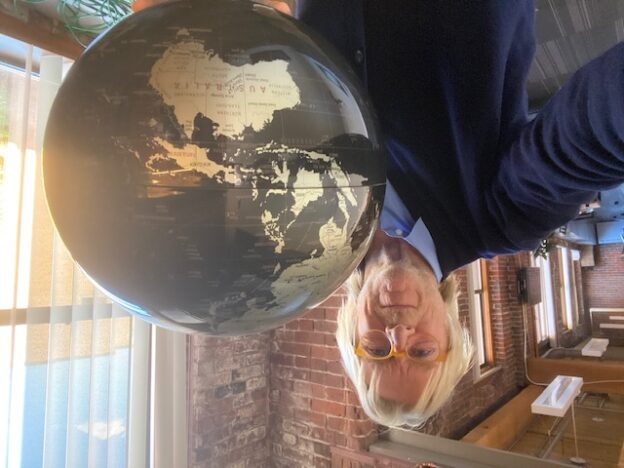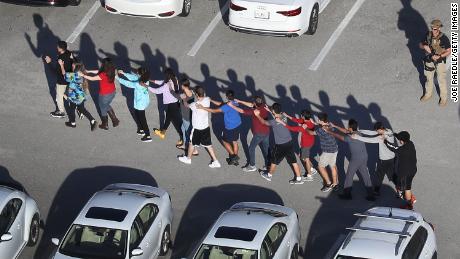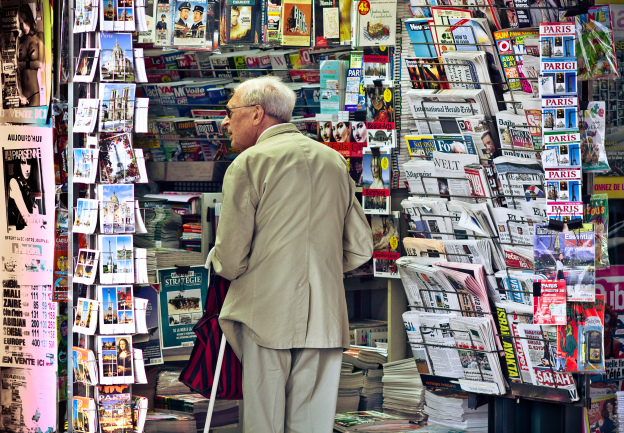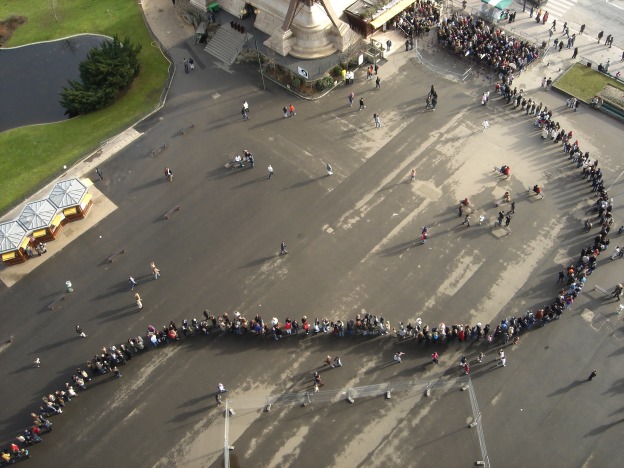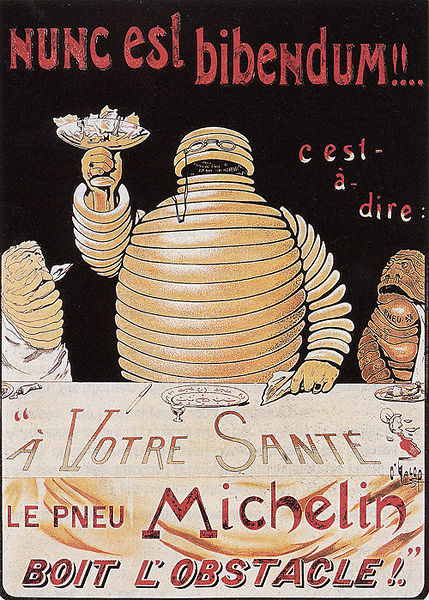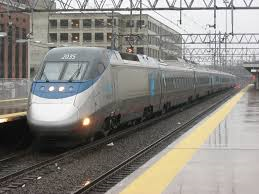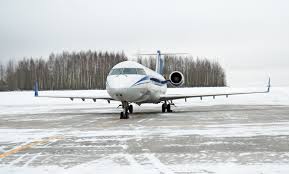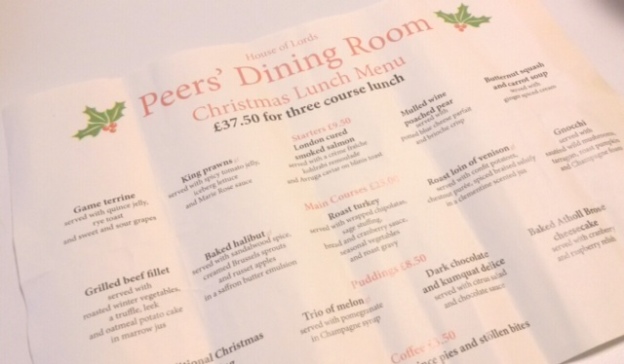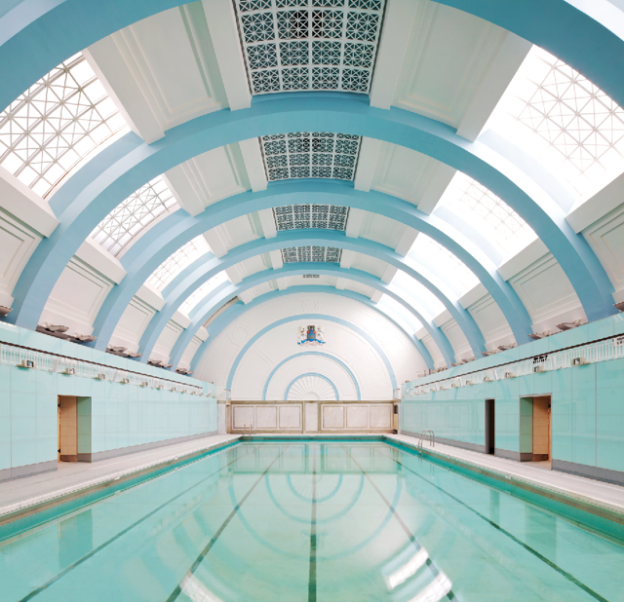I listened to a fabulous segment on the radio the other day. It was on a favorite show of mine called A Celtic Sojourn. It’s hosted by Brian O’Donovan every Saturday, on station WGBH in Boston. Brian is a Celtic music aficionado, among many things. The other day, long after the show had finished, I paused to hold the show in my mind.
Question. What role does Art, music and poetry play during times of great upheaval and conflict on a global stage? The title of the piece Brian brought together was War, Peace and Empathy. Brian played music and read poetry that had and has been significant in times of war and unrest or injustices. Specifically, and particularly, as we watch the slaughter of innocent people in Ukraine. We look on as we have before like a bad show barely rescripted in different locations across the world. And it is always the innocents that suffer. As we seem to look on powerless with only our empathy and our economic sanctions facing up to another hideous genocide. Nothing, but a slaughter amidst a game of global chess with children, mothers and fathers passed into the shadows of darkness. “The pity of war, the pity war distilled.” As Wilfred Owen had written over a hundred years ago during the First World war.
How many of us have worn a poppy on Veterans Day, recited Flanders field, gazed at the horror captured in Picasso’s Guernica. How many have listened to antiwar songs across the ages, some of them embedded into our minds forever, to remind us of the possibility that things can change if we sing and shout and paint and write louder than the people who drop the bombs? Even though the whole world watches, we are nearly numbed into submission. But still we sing, create art and play music. Nearly numbed but not quite. Taking in the nightly news, applauding the bravery of those who stayed and those who fight. And we think of the Cellist of Sarajevo and we write and paint and sing and one wonders who listens. Someone listens.
Where have all the flowers gone, long time passing. A Cossack song originally and rewritten by Pete Seeger. In some ways, the power of art and protest is everywhere, in every generation. Turn, Turn, Turn. And every generation ironically lets us down. A new war begins, an old one resurfaces. Peace remains elusive.
When will they ever learn; when will they ever learn? Our power is in the passing and preservation of hope and light and remembrances. Never to fade. A vital glimmer and a necessary spark to reset our course.
Thanks to Brian for making a moment more significant and let us hope and pray for peace and justice for the innocents in Ukraine.
- Brian O’Donavan
- A Celtic Soujourn
- Celtic.org Empathy
- #celticsojourn

